Henry Scott Tuke, RA, RWS (British, 1858-1929)Expectant
signed and dated 'H. S. TUKE. 1923' (lower left), inscribed with title and artist's name and address (on an old label attached to the reverse)
oil on canvasboard
45.5 x 30.5cm (17 15/16 x 12in).FootnotesProvenance
Purchased by the current owner's great uncle, Roland Turnell of Birmingham (1865-1946)
Thence by descent.
Private collection, UK.
The present painting is an exciting discovery. It was probably begun in the summer of 1921, on Newporth beach, Falmouth, the home of Henry Scott Tuke. It features the artist's dog Chippy, a spaniel, along with a young male model wearing a pink shirt and white breeches and round brimmed hat. It is typical of Tuke's later confident impressionist style of painting in a lively fresh way using bold brushwork and creating a sense of movement by capturing the changing light.
Chippy the dog appears in several paintings by Tuke of groups of bathers on the beach at that time including Comrades (1923, R1043) and Companions (1924, Auckland Art Gallery, New Zealand, R1125). The title of the painting, taken from a label on the reverse, relates to the endearing way the dog is looking up at the boy waiting expectantly for either play, a reward, or both. The boy appears to be holding something in his right hand between his thumb and forefinger.
The model for the boy who has his eyes closed, which is unusual and rare for Tuke to paint, seems to relate to a photograph of Donald Rolph with Chippy the dog which is in the Tate archive dated circa 1921 (see fig. 1). Donald, who is also wearing a similar round brimmed hat as in the painting, is photographed with his eyes closed. The series of photographs in the Tate archive are of Rolph in the nude playing with Chippy on the beach in Falmouth. It is unusual to find a photograph relating to Tuke's posed models as he was always recorded as being a painter from life and didn't use photographs to paint from.
Rolph (born 1905) was someone Tuke got to know through Stanley Towsey who was an English teacher at St. Paul's School where Rolph was a pupil. Towsey was acting as guardian to Rolph as both of his parents had died when he was young. Rolph and Towsey came to Falmouth in 1921 to stay with Tuke and were frequent visitors in the 1920s. Tuke used Rolph to model for the figure on the left in his Royal Academy painting of 1922 Lovers of the Sun and Tuke also painted Rolph's profile portrait as a Study for Lovers of The Sun (R1023a). Later in 1922 when visiting Stanley Towsey at Parkgate in Petersham, Richmond, Tuke also painted a portrait of Rolph in jacket and tie. It is clear from these paintings and other photographs of Rolph that his physical appearance changed in the five years that Tuke knew him. As with so many of Tuke's portraits of young men, he is trying to capture his model in those few elusive years of post-pubescent beauty when they transition from boys into men.
This is possibly why the painting looks unfinished, as Tuke needed the model in front of him to get a true likeness. Tuke probably started this painting in the summer of 1921 when Rolph was sixteen, and maybe added to it in the summer 1922. Tuke then used the photograph to work on the painting later. It also could have been that Tuke could not find a model to pose for this particular picture and found painting from a photograph too difficult. Rolph went to study at Trinity College, Cambridge. We know from Tuke's diaries of 1925 that Tuke visited him at Cambridge but Rolph had by that time grown up. There is an intriguing sketch of a man in a blue and white strip on the back of the painting, probably painted by Tuke when he was watching a rugby match.
The fact that Tuke signed and dated the painting 1923 is typical of his practice of dating a painting a year after he painted it for exhibition purposes although it is not clear when or where this painting was shown.
A label on the reverse is from The Graves Art Gallery at 44 Cherry Street, Birmingham, which operated between 1895 and 1907. The painting was probably bought from elsewhere and the sticker was on an old backing board either recycled by Tuke or the dealer from another painting.
References:
Brian D. Price's notes on H.S.Tuke and his associates, (unpublished) notes 203 and 224, 'Interview with Rolph 1st October 1981'.
Brian D Price (ed), The Registers of Henry Scott Tuke, Royal Cornwall Polytechnic Society, 1983.
David Wainwright & Catherine Dinn, Henry Scott Tuke 1858–1929: Under Canvas, London, 1989.
Catherine Wallace, Catching the Light: The Art and Life of Henry Scott Tuke, Atelier Books, 2008.
We are grateful to Catherine Wallace for compiling this catalogue entry.
Henry Scott Tuke, RA, RWS (British, 1858-1929)Expectant
signed and dated 'H. S. TUKE. 1923' (lower left), inscribed with title and artist's name and address (on an old label attached to the reverse)
oil on canvasboard
45.5 x 30.5cm (17 15/16 x 12in).FootnotesProvenance
Purchased by the current owner's great uncle, Roland Turnell of Birmingham (1865-1946)
Thence by descent.
Private collection, UK.
The present painting is an exciting discovery. It was probably begun in the summer of 1921, on Newporth beach, Falmouth, the home of Henry Scott Tuke. It features the artist's dog Chippy, a spaniel, along with a young male model wearing a pink shirt and white breeches and round brimmed hat. It is typical of Tuke's later confident impressionist style of painting in a lively fresh way using bold brushwork and creating a sense of movement by capturing the changing light.
Chippy the dog appears in several paintings by Tuke of groups of bathers on the beach at that time including Comrades (1923, R1043) and Companions (1924, Auckland Art Gallery, New Zealand, R1125). The title of the painting, taken from a label on the reverse, relates to the endearing way the dog is looking up at the boy waiting expectantly for either play, a reward, or both. The boy appears to be holding something in his right hand between his thumb and forefinger.
The model for the boy who has his eyes closed, which is unusual and rare for Tuke to paint, seems to relate to a photograph of Donald Rolph with Chippy the dog which is in the Tate archive dated circa 1921 (see fig. 1). Donald, who is also wearing a similar round brimmed hat as in the painting, is photographed with his eyes closed. The series of photographs in the Tate archive are of Rolph in the nude playing with Chippy on the beach in Falmouth. It is unusual to find a photograph relating to Tuke's posed models as he was always recorded as being a painter from life and didn't use photographs to paint from.
Rolph (born 1905) was someone Tuke got to know through Stanley Towsey who was an English teacher at St. Paul's School where Rolph was a pupil. Towsey was acting as guardian to Rolph as both of his parents had died when he was young. Rolph and Towsey came to Falmouth in 1921 to stay with Tuke and were frequent visitors in the 1920s. Tuke used Rolph to model for the figure on the left in his Royal Academy painting of 1922 Lovers of the Sun and Tuke also painted Rolph's profile portrait as a Study for Lovers of The Sun (R1023a). Later in 1922 when visiting Stanley Towsey at Parkgate in Petersham, Richmond, Tuke also painted a portrait of Rolph in jacket and tie. It is clear from these paintings and other photographs of Rolph that his physical appearance changed in the five years that Tuke knew him. As with so many of Tuke's portraits of young men, he is trying to capture his model in those few elusive years of post-pubescent beauty when they transition from boys into men.
This is possibly why the painting looks unfinished, as Tuke needed the model in front of him to get a true likeness. Tuke probably started this painting in the summer of 1921 when Rolph was sixteen, and maybe added to it in the summer 1922. Tuke then used the photograph to work on the painting later. It also could have been that Tuke could not find a model to pose for this particular picture and found painting from a photograph too difficult. Rolph went to study at Trinity College, Cambridge. We know from Tuke's diaries of 1925 that Tuke visited him at Cambridge but Rolph had by that time grown up. There is an intriguing sketch of a man in a blue and white strip on the back of the painting, probably painted by Tuke when he was watching a rugby match.
The fact that Tuke signed and dated the painting 1923 is typical of his practice of dating a painting a year after he painted it for exhibition purposes although it is not clear when or where this painting was shown.
A label on the reverse is from The Graves Art Gallery at 44 Cherry Street, Birmingham, which operated between 1895 and 1907. The painting was probably bought from elsewhere and the sticker was on an old backing board either recycled by Tuke or the dealer from another painting.
References:
Brian D. Price's notes on H.S.Tuke and his associates, (unpublished) notes 203 and 224, 'Interview with Rolph 1st October 1981'.
Brian D Price (ed), The Registers of Henry Scott Tuke, Royal Cornwall Polytechnic Society, 1983.
David Wainwright & Catherine Dinn, Henry Scott Tuke 1858–1929: Under Canvas, London, 1989.
Catherine Wallace, Catching the Light: The Art and Life of Henry Scott Tuke, Atelier Books, 2008.
We are grateful to Catherine Wallace for compiling this catalogue entry.



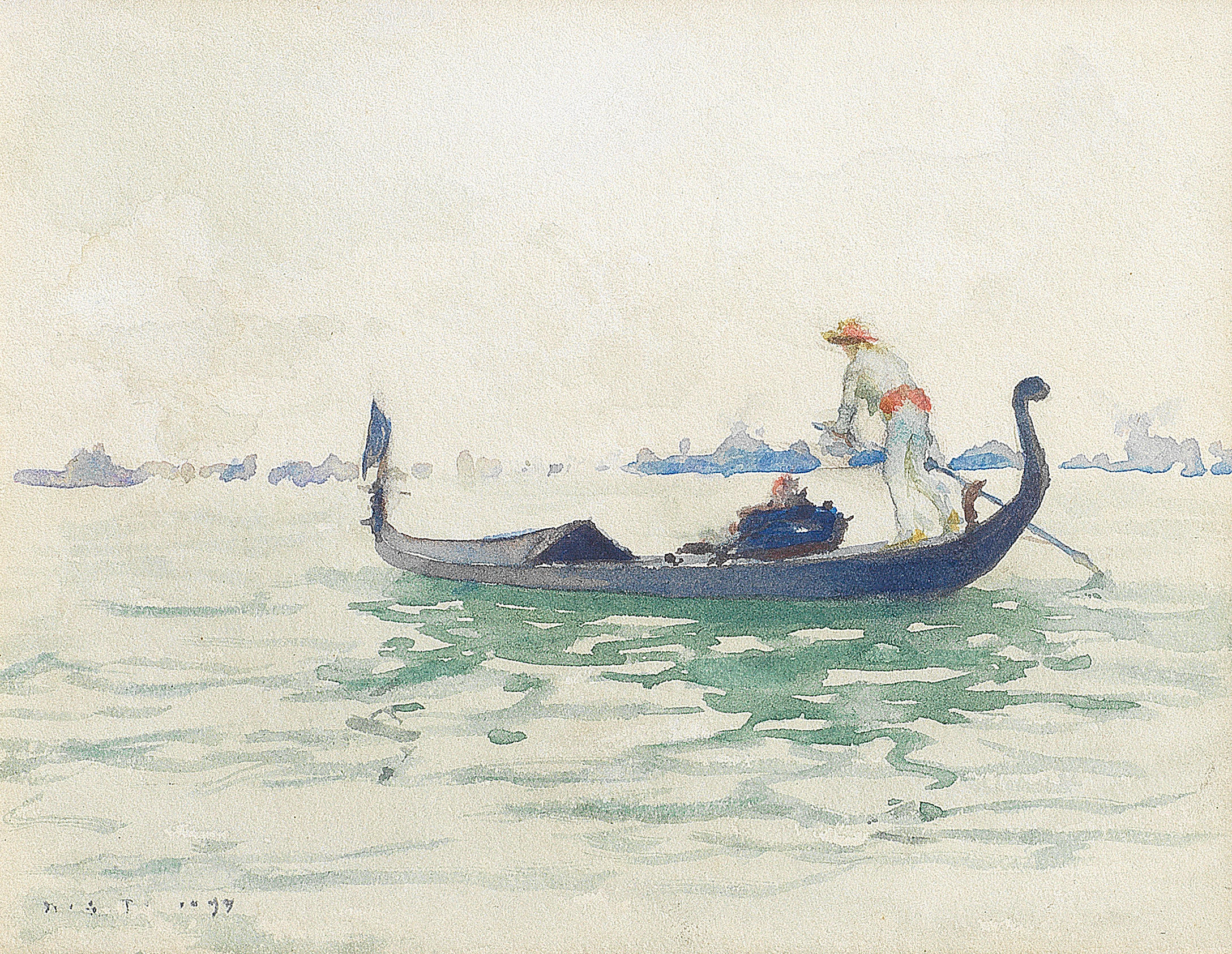
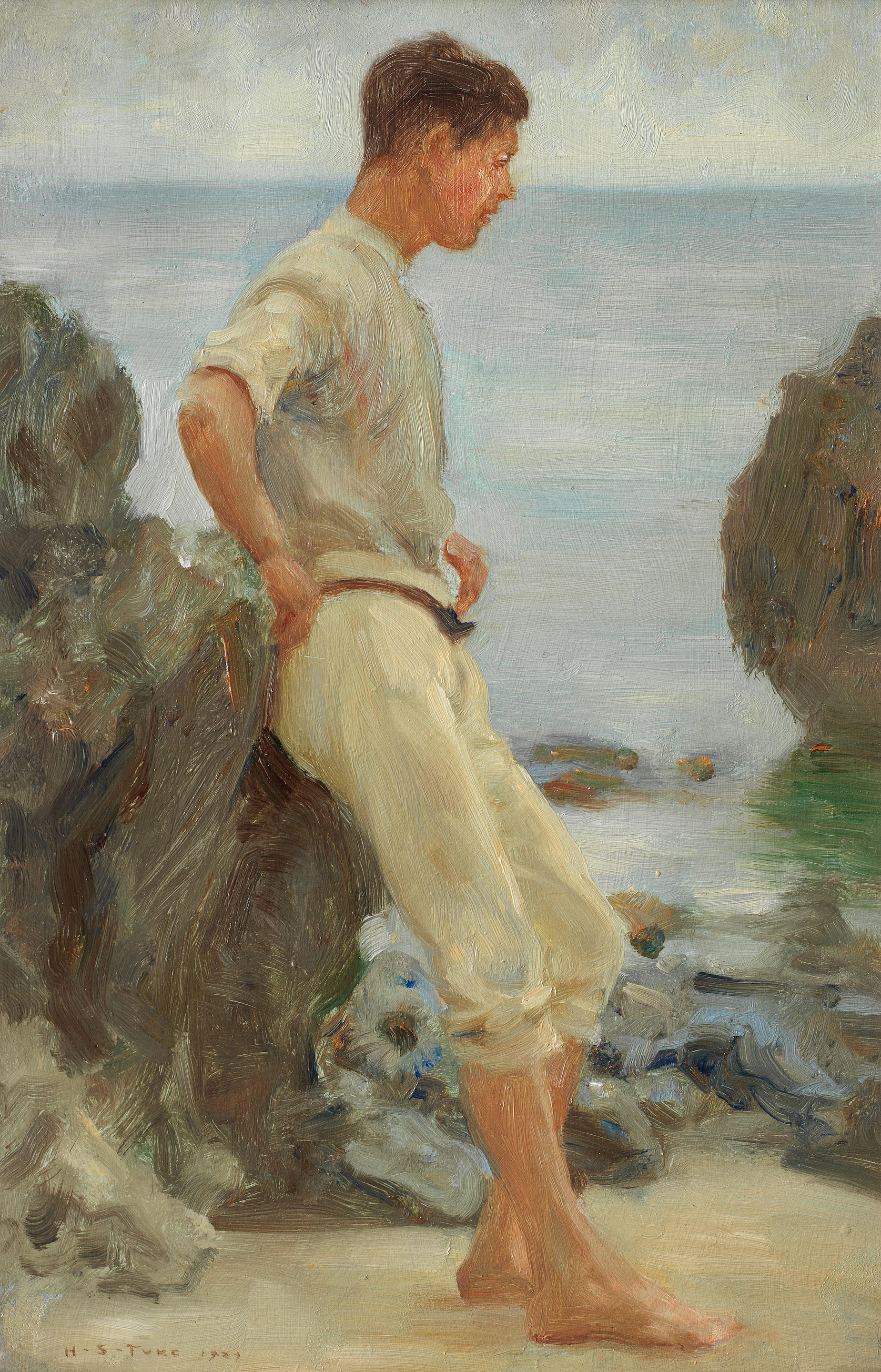


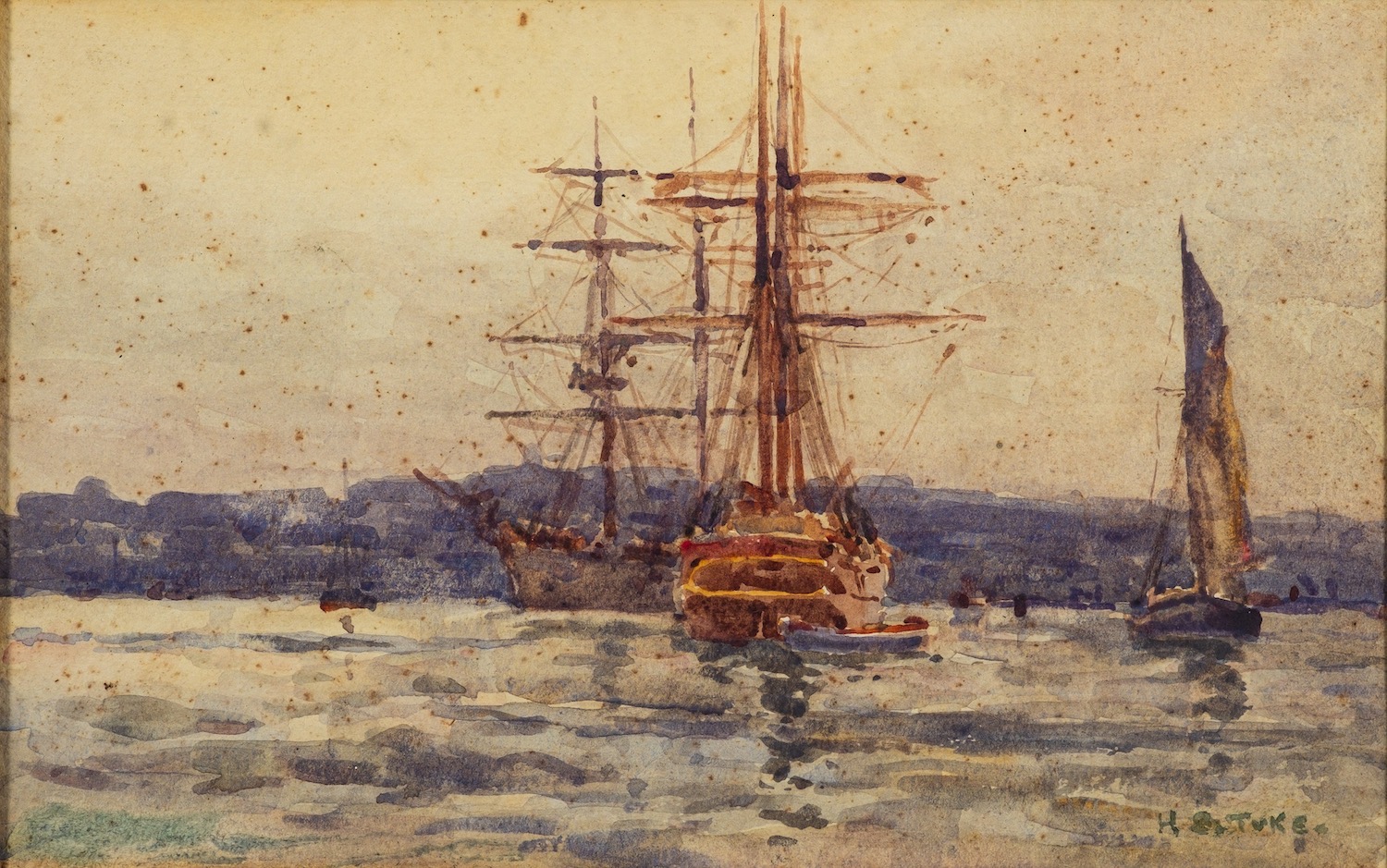
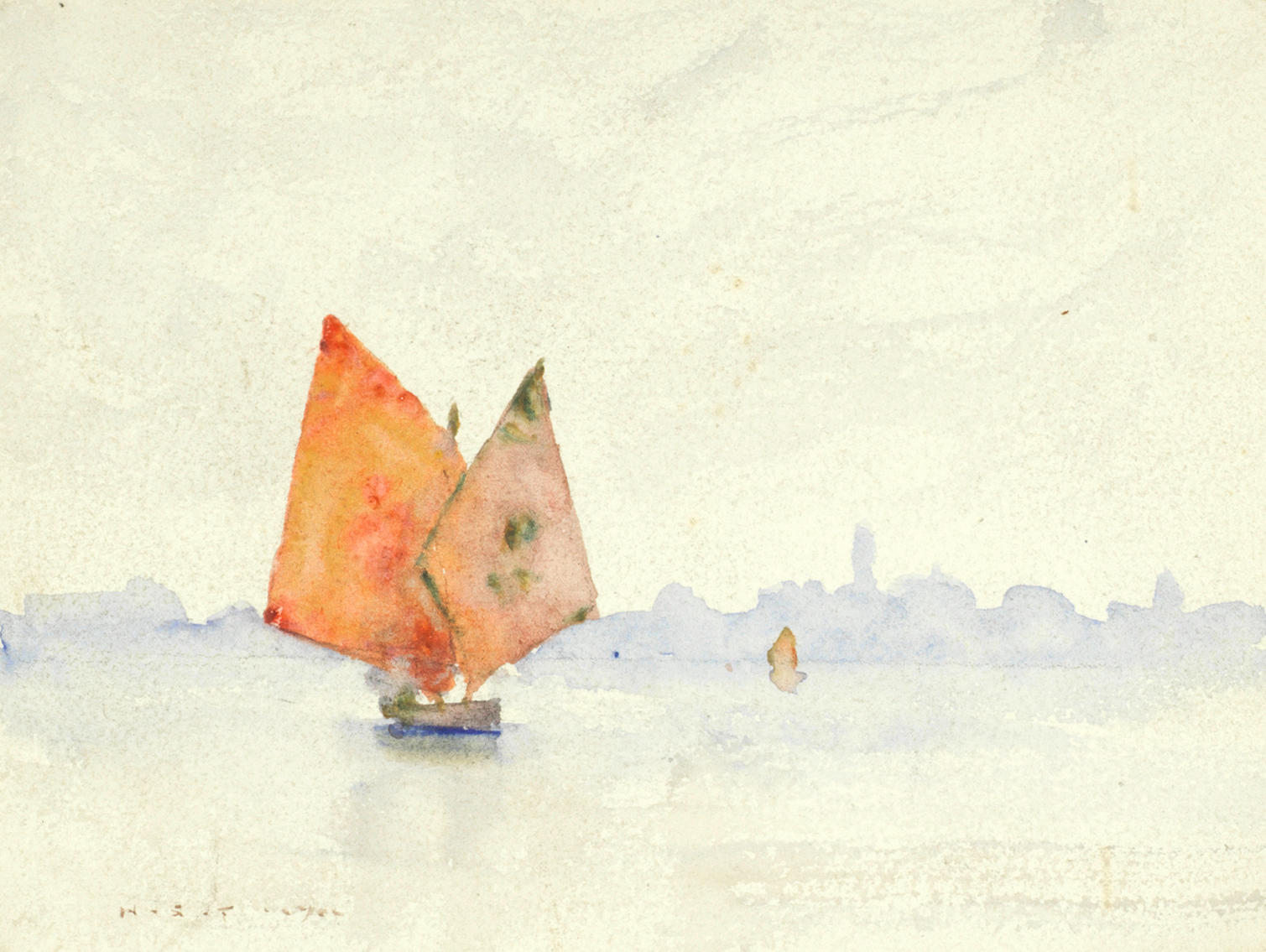
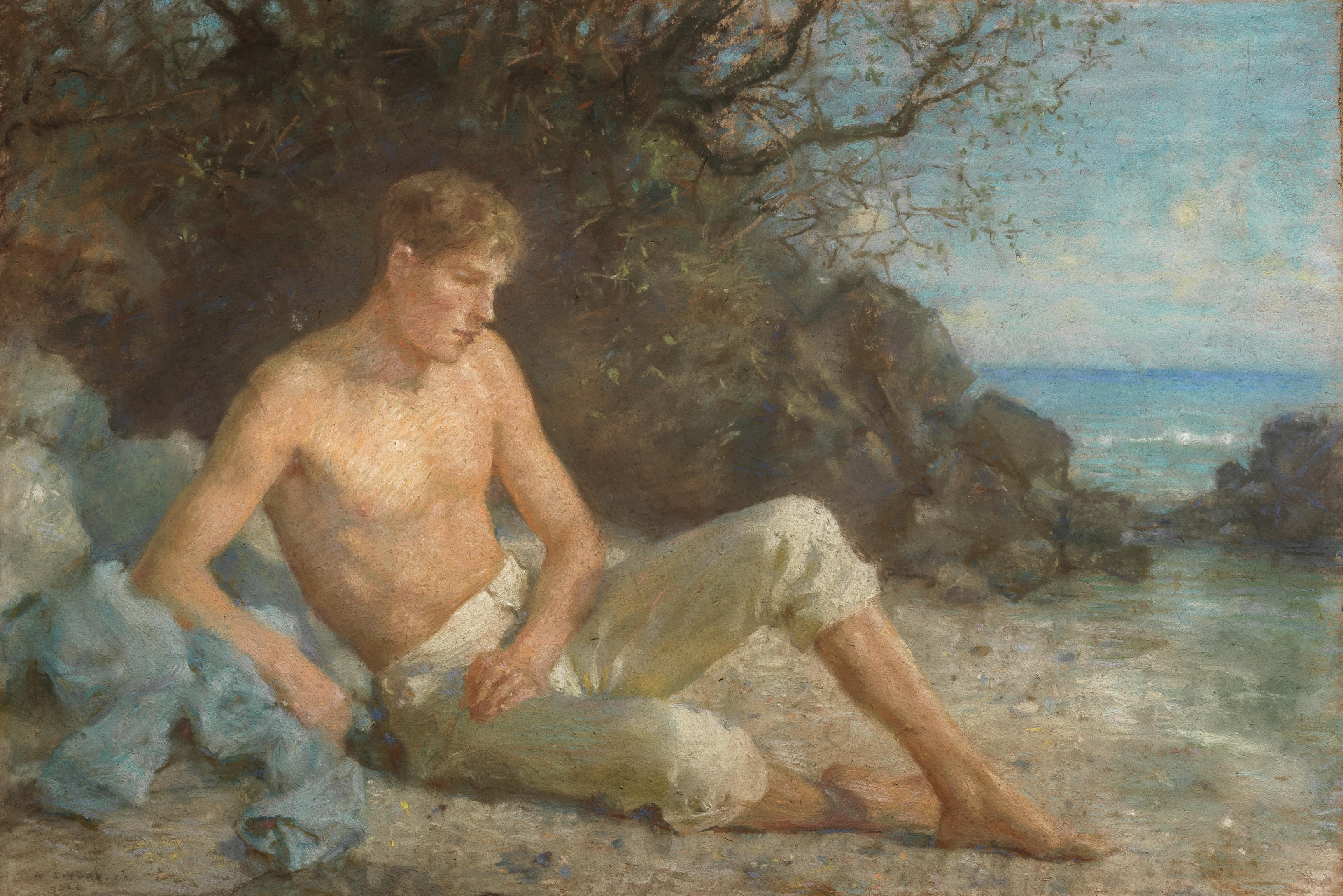
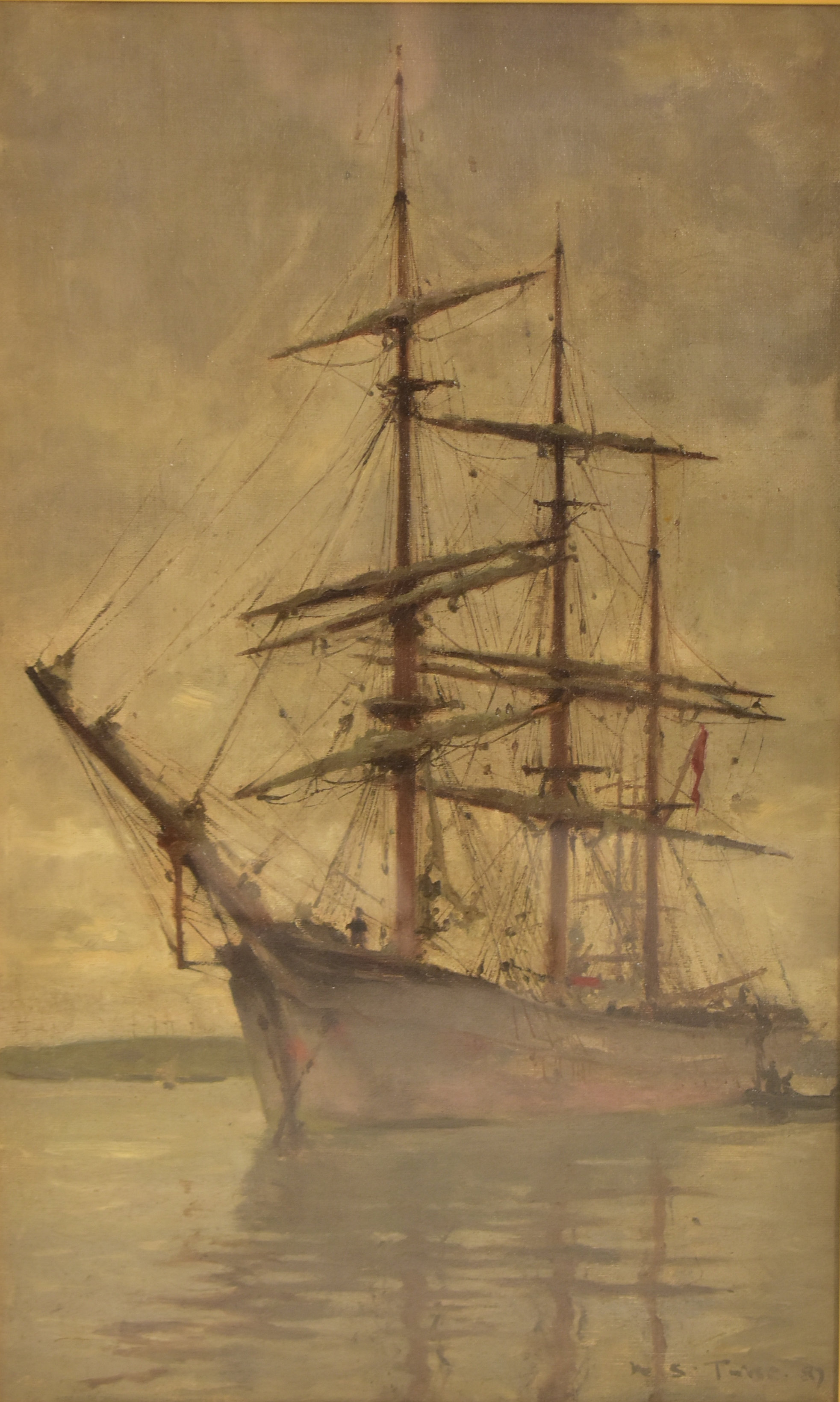



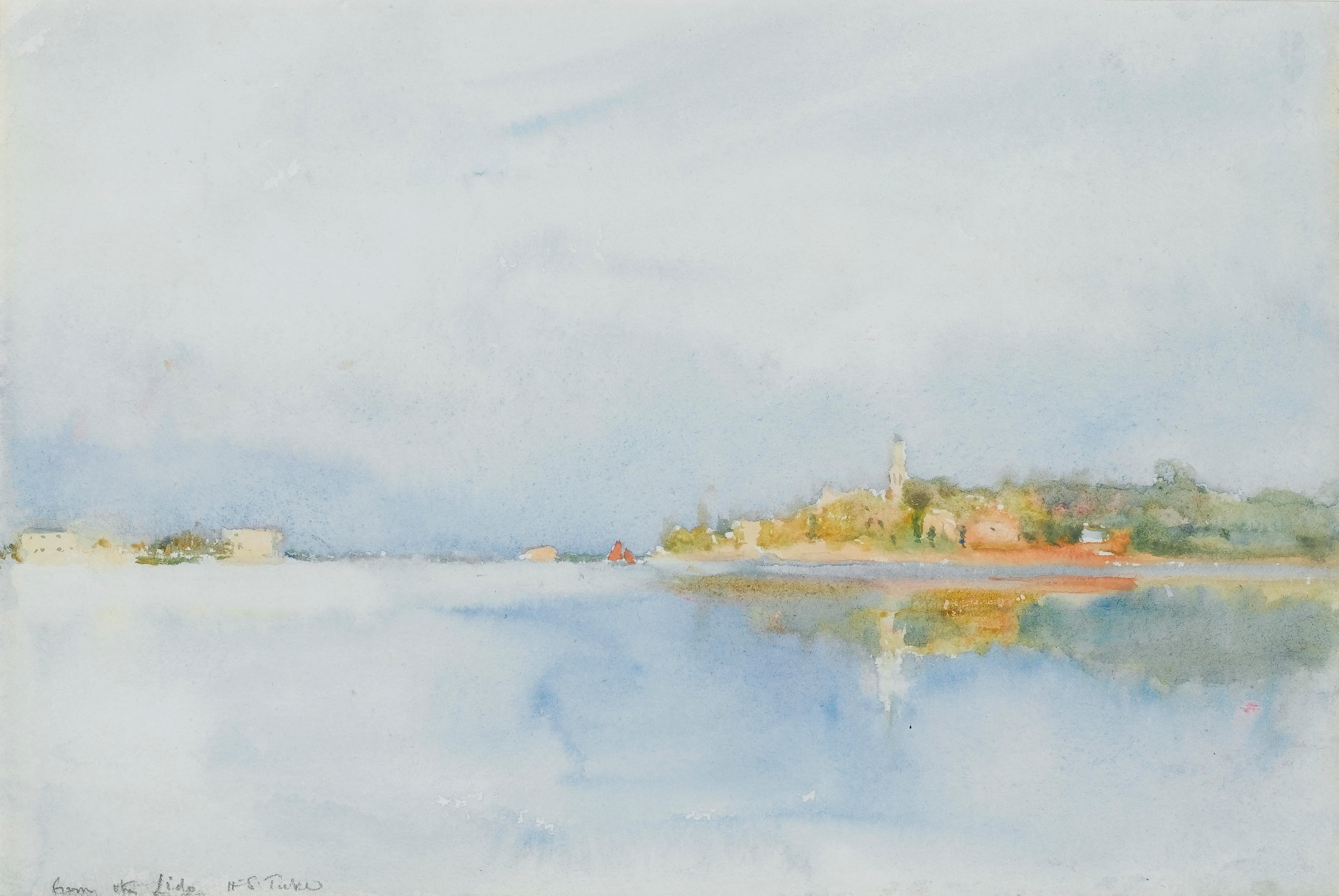
Testen Sie LotSearch und seine Premium-Features 7 Tage - ohne Kosten!
Lassen Sie sich automatisch über neue Objekte in kommenden Auktionen benachrichtigen.
Suchauftrag anlegen